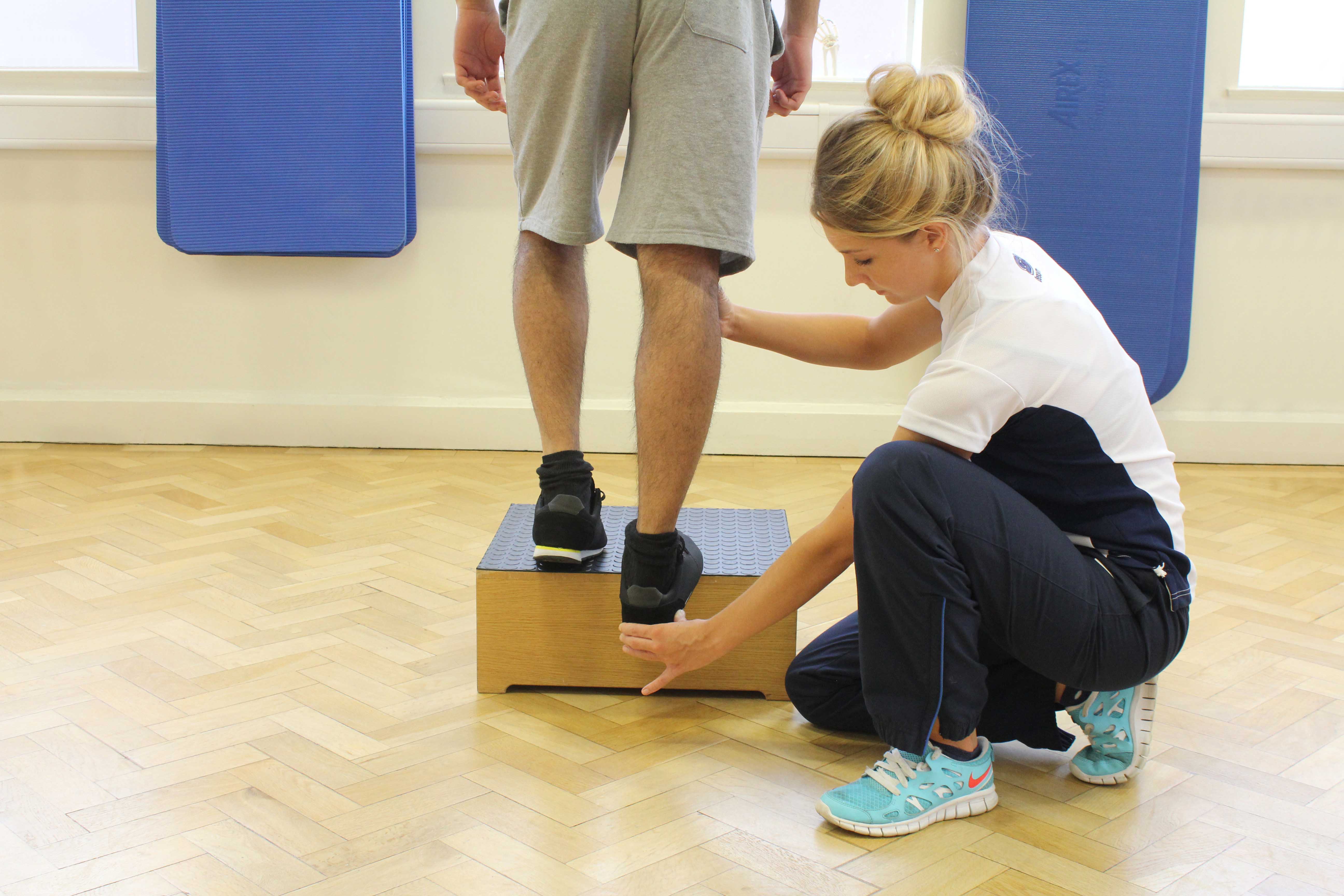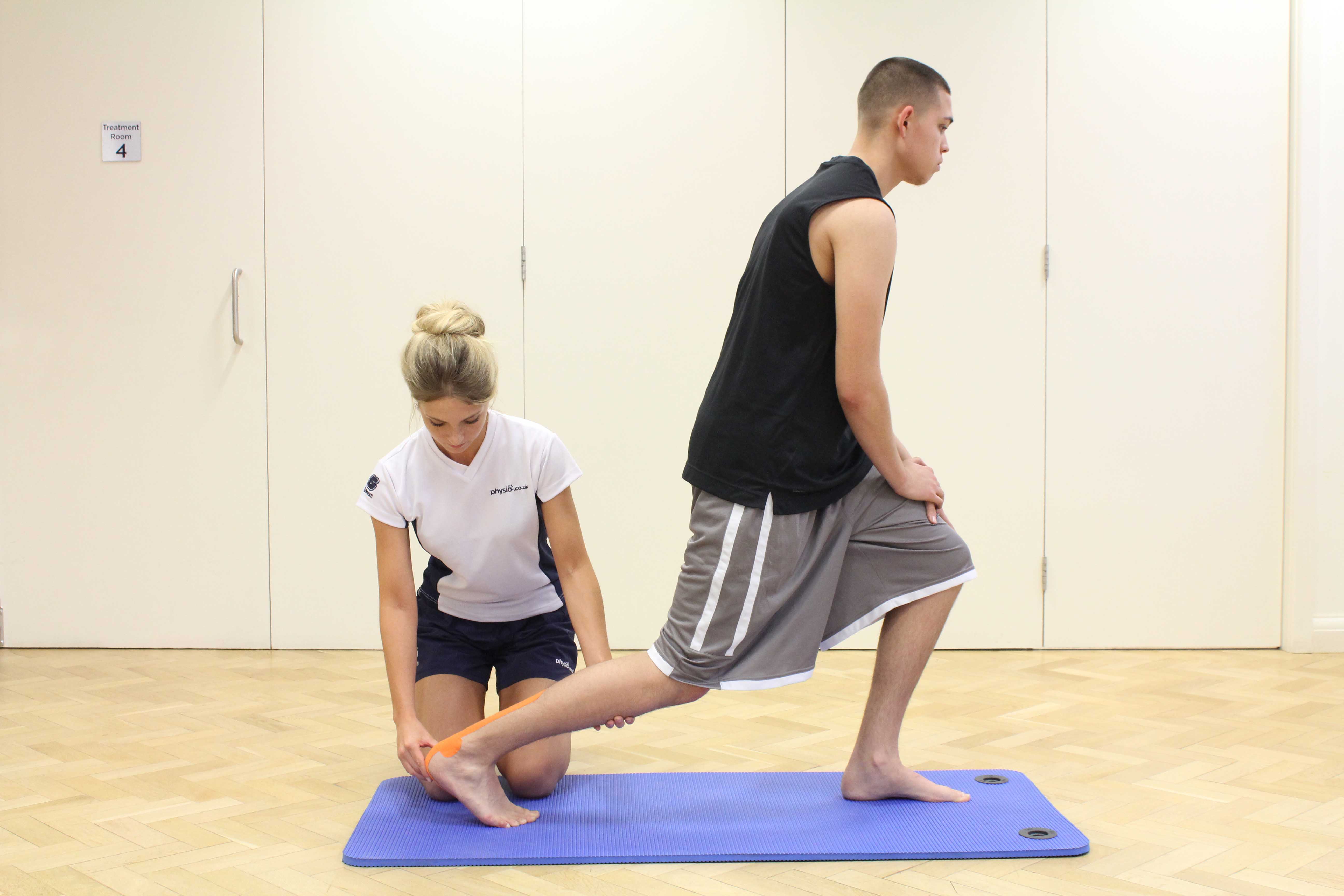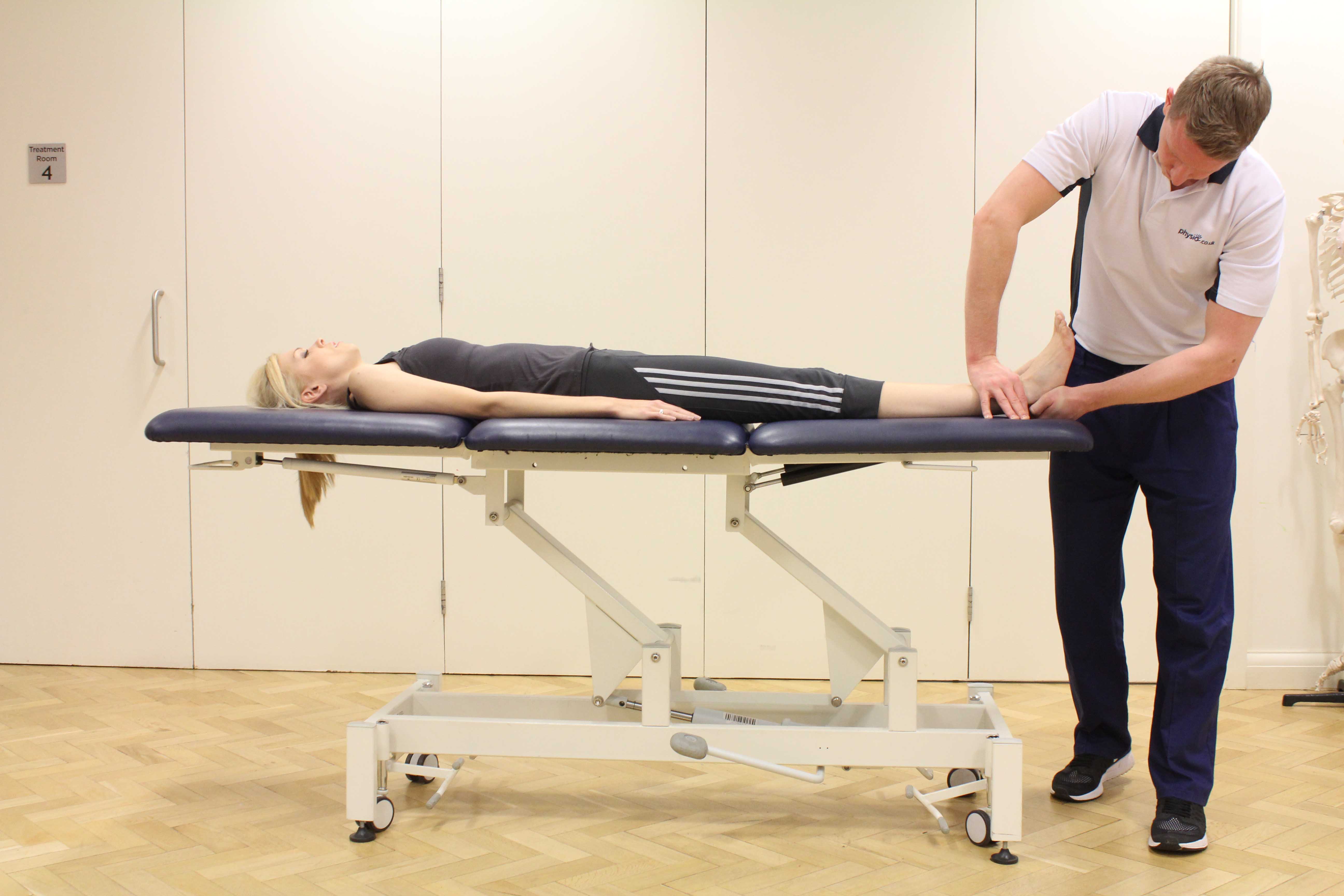- Osteoarthritis
- Other types of arthritis including Rheumatoid arthritis
- Serious trauma to the joint such as a fracture
- Infection
- Congenital deformities
- Reduced space between the surfaces of the joint
- Osteophytes (bony outgrowths around the joint)
- Joint surfaces become thickened
- A loss of cartilage over the joint surfaces which normally allows smooth movement
- Stiffness and pain when moving your ankle
- Inflammation of soft tissue (synovitis) which may cause redness
- Crepitus (clicking) during some movements
- “Locking” of the joint due to loose cartilage
- Swelling of the joint following weight bearing activities
- Deformity of the ankle joint
- Conservative (non-surgical) treatment such as physiotherapy, local injections to help with pain and inflammation or orthotics (foot insoles)
- Arthroscopic debridement (removing loose or additionally tissue that may be causing you pain or discomfort)
- Ankle fusion (joining the joint surfaces together with metal pins to allow new healthy bone to grow across it)
 Above: Active stretch and strengthening exercises for the ankle
Above: Active stretch and strengthening exercises for the anklePhysiotherapy prior to ankle replacement
Before your surgery, it is important that you maintain the strength in the muscles of your lower leg and foot and the movement at the joint. At Physio.co.uk, the experienced physiotherapists will create a personalised programme focussing on a variety of treatments:
- Strengthening of the affected and non-affected lower limb
- Range of movement activities
- Balance exercises to maintain joint positioning (proprioception)
- Advise on the most effective and painless walking pattern (gait education)
- Non-weight bearing cardiovascular activity such as cycling and swimming
- Specific exercises to maintain the strength of the Achilles tendon
- Hydrotherapy
- Cryotherapy (ice) treatment if swelling is present
- Gentle mobilisation techniques to help with joint movement and pain reduction
- Pain management advice
 Above: Taping the ankle to improve stability during rehabilitation exercises
Above: Taping the ankle to improve stability during rehabilitation exercisesSymptoms following ankle replacement
During the first 24 hours after your surgery the focus will be on controlling your pain levels and you will be given analgesia by tablets or intravenously. Other symptoms of surgery may include:
- Post-operative stiffness
- Swelling
- Temporary pins and needles or numbness around the foot and ankle area due to damage of the nerve during surgery
- A scar from the incision
- Temporary pain from the operation
Physiotherapy following ankle replacement
Your ankle will be placed in a light weight cast or splint which will be changed after two weeks. After 24 hours you will be able to begin physiotherapy at Physio.co.uk although walking for the first 4-6 weeks will be non-weight- bearing using two crutches.
 Above: Mobilisations and stretches applied to the connective tissues in the ankle
Above: Mobilisations and stretches applied to the connective tissues in the ankleWeeks 1-6
During the first 4-6 weeks, physiotherapy at Physio.co.uk will focus on non-weight- bearing activities:
- Pain control
- Elevation to reduce swelling
- Cryotherapy to reduce swelling
- Scar mobilisations to ensure that it doesn’t become stiff
- Simple strengthening exercises in sitting
- Stretching and range of movement exercises in sitting
- Activities for the unaffected lower limb
- Non-weight-bearing cardiovascular exercises including cycling and swimming
Weeks 6-12
After 4-6 weeks your cast will be removed and you will no longer have to use your crutches. You will now be able to begin a more active rehabilitation with Physio.co.uk which will focus on the following treatments:
- Gait re-education
- Balance retraining and proprioception exercises
- Progression of strengthening exercises to weight-bearing positions
- Progression of stretching and range of movement exercises to weight-bearing positions
- Continue with cardiovascular exercises
- Exercises in more dynamic and functional positions
- Gentle mobilisations on the ankle joint to improve movement
- Upper limb stretching, strengthening and cardiovascular activity
Weeks 12 onwards
After 3 months you be able to return to driving and your physiotherapist Physio.co.uk will look to progress all your previous exercises and returning you to your level before the operation. Certain activities should be continued for the coming months although you should now be doing more functional activities such as walking and other activities of daily living which will gradually replace the specific exercises.
Summary
Ankle replacement is a surgical procedure which involves removing the damaged joint surfaces with metal and plastic artificial replacements. The procedure has a very good success rate and will reduce your previous pain and improve mobility of the ankle joint. It is usually performed on severely arthritic joints but occasionally is recommended for severe fractures, infection and deformities. For the recovery to be as successful as possible, it is important that you adhere to your personalised rehabilitation programme designed by Physio.co.uk as this will also minimise post-operative complications. To book a physiotherapy appointment, call Physio.co.uk on 0330 088 7800 today!

 0330 088 7800
0330 088 7800

































